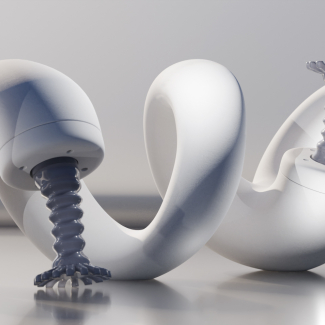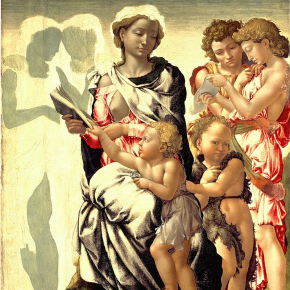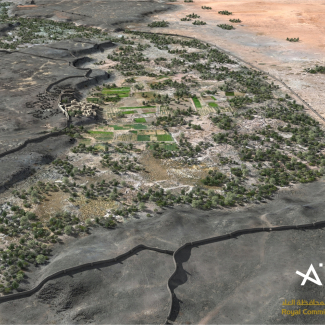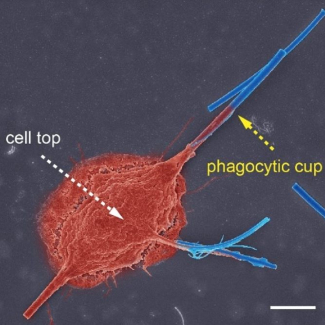
Tempera painting probed on the molecular scale
In contrast to the oil painting technique that supplanted it at the end of the 15th century, tempera painting, practiced on wood panels, walls or canvas has received little attention on the physico-chemical scale. This painting technique, which has been practiced since Antiquity, is characterised by pigments applied in a water-based binding-medium, often egg-yolk. In order to understand the properties and appeal of this mixture on a molecular scale, a CNRS team, from Sorbonne Université and ESPCl1 ,reproduced 15th century recipes that a Tuscan painter Cennino Cennini had consigned to paper, using egg-yolk and a clay-based pigment, green earth (terra verde). This combination was used on a large scale in works dating from the Middle Ages, as a base-layer for gilding and the rendering of flesh. By measuring its flow properties and characterising its molecular organisation, the team has shown the formation of a network between the proteins of the egg-yolk, the water molecules and the clay particles of the pigment renders the mixture more viscoelastic. Thanks to this synergy between the yolk of egg and the pigment, the spreading and covering properties of the paint are enhanced due to a better internal cohesion of the pigments in the presence of the binder. This study at the very boundary of materials science and art history, published on the 24 November 2021 in the journal Angewandte Chemie, contributes to the better understanding of the materials chosen by painters, with the prospect of enhancing the conservation and restoration of works executed with this technique. This work received support from the Observatoire des patrimoines Sorbonne Université.


- 1Working at Laboratoire d'archéologie moléculaire et structurale (CNRS/Sorbonne Université), Physicochimie des électrolytes et nanosystèmes interfaciaux (CNRS/Sorbonne Université) and Sciences et ingénierie de la matière molle (CNRS/ESPCI/Sorbonne Université).
Connecting rheological properties and molecular dynamics of egg-tempera paints based on egg yolk, Agathe Fanost, Laurence de Viguerie, Guylaine Ducouret, Guillaume Mériguet, Philippe Walter, Helen Glanville, Anne-Laure Rollet, Maguy Jaber. Angewandte Chemie, 24 November 2021. DOI: 10.1002/anie.202112108


